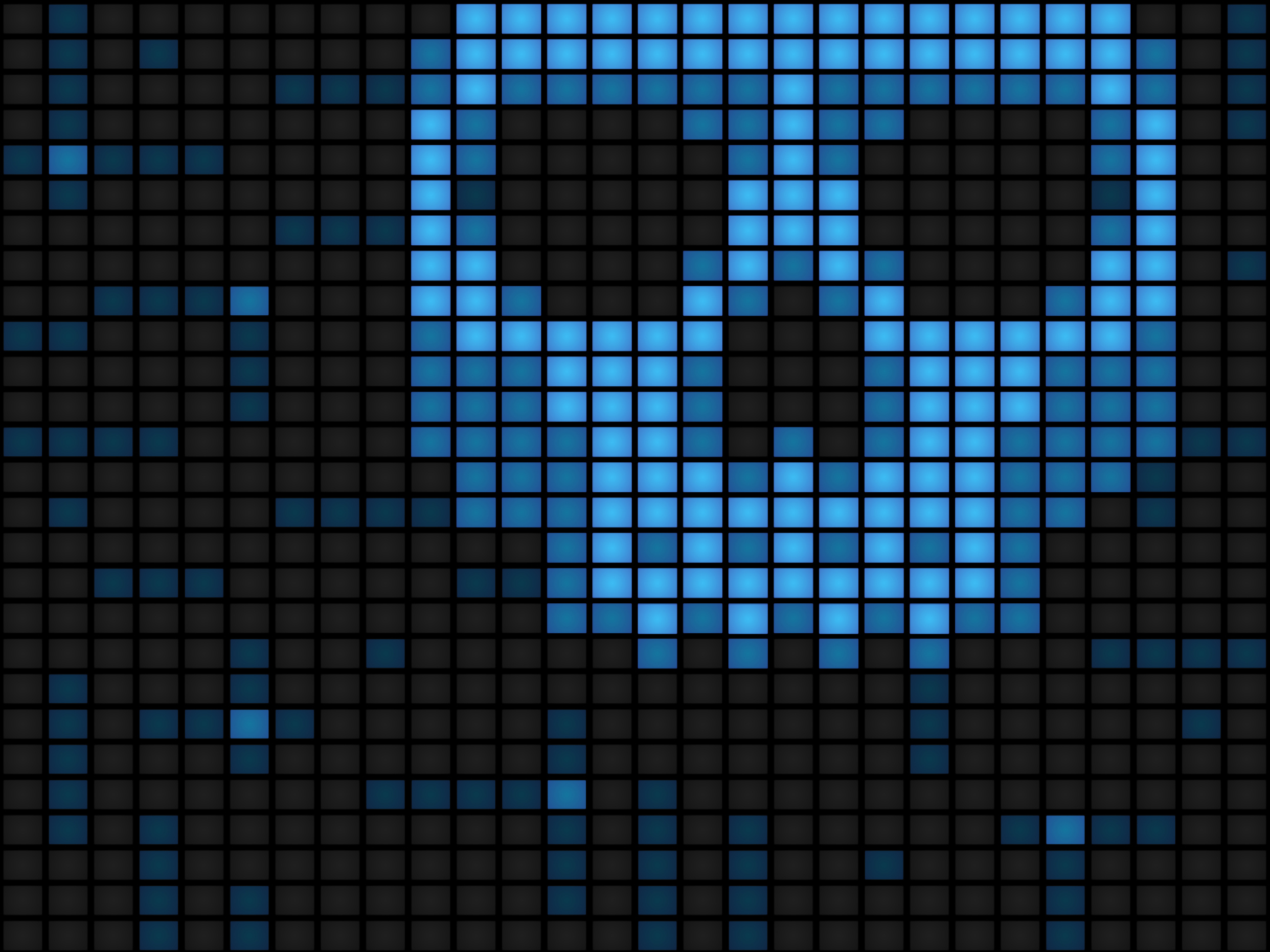Malware, it seems, has peaked – at least in the number of novel files.
A new report released by Kaspersky Lab suggests that the average number of new malware files in 2015 is 310,000 a day. While this is still a huge number, it represents a decrease of 15,000 from last year’s 325,000 figure.
These numbers come from Kaspersky’s own daily detections.
Kaspersky cautioned that this was not an indicator of a safer cyberspace, however. In fact, the number of users targeted has increased by five per cent.
As indicated by the chart, 2012 to 2013 saw the most dramatic jump in malware proliferation. The following year saw a significant slowdown, which the security vendor attributes to market saturation.
“Coding new malware has become expensive and cybercriminals have realized the benefits of using intrusive advertising programs or legitimate digital signatures in their attacks,” Kaspersky said in a statement. “Cybercriminals in search of a quick return appear to have decided that complex coding tools such as rootkits, boot kits or replicating viruses, may bring results, but can cost tens of thousands of dollars to develop, reducing their overall margins and revenue.”
Instead, some hackers are turning to selling adware along with quasi-legitimate commercial software and activity. Cybercriminals who are sometimes state-sponsored are also making more use of bought or stolen legal certificates for digital products to help them bypass security software.
“Cybercrime has lost the last touch of romance,” Vyacheslav Zakorzhevsky, anti-malware team lead at Kaspersky Lab said in a statement. “Today, malware is created, bought and resold for specific tasks. The commercial malware market has settled, and is evolving towards simplification.”
